
Is Your IT Team Reactive or Strategic?
 Is Your IT Team Reactive or Strategic?
Is Your IT Team Reactive or Strategic?
Reactive groups focus on responding to individual user challenges and requests, while strategic teams achieve IT operational excellence and drive innovation.
 Gadget Glut
Gadget Glut
More than two of five survey respondents said there are an average of at least five managed devices per technician at their organization, and 22% said there are more than 10.
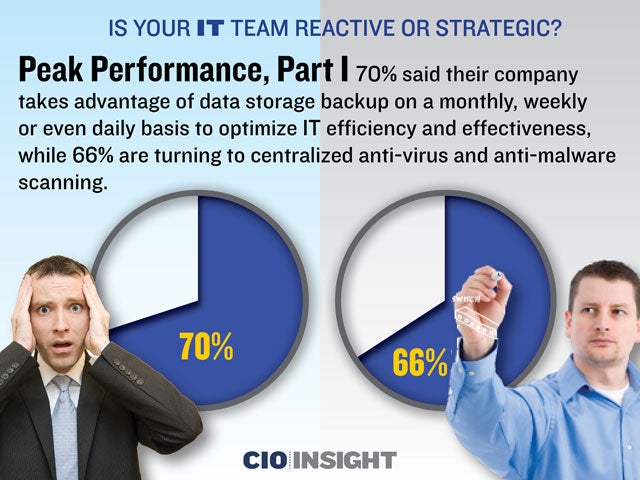 Peak Performance, Part I
Peak Performance, Part I
70% said their company takes advantage of data storage backup on a monthly, weekly or even daily basis to optimize IT efficiency and effectiveness, while 66% are turning to centralized anti-virus and anti-malware scanning.
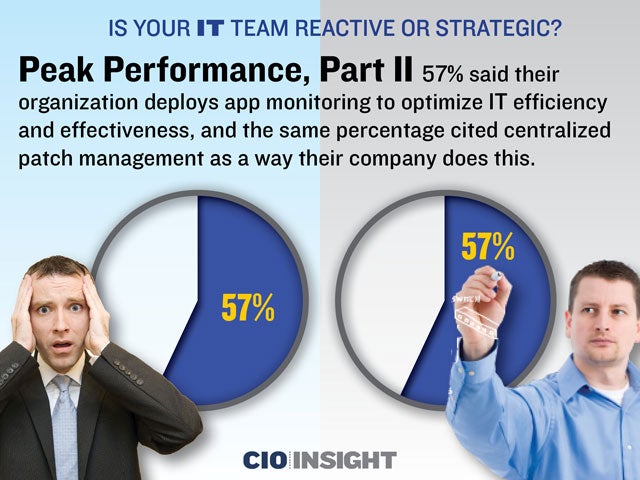 Peak Performance, Part II
Peak Performance, Part II
57% said their organization deploys app monitoring to optimize IT efficiency and effectiveness, and the same percentage cited centralized patch management as a way their company does this.
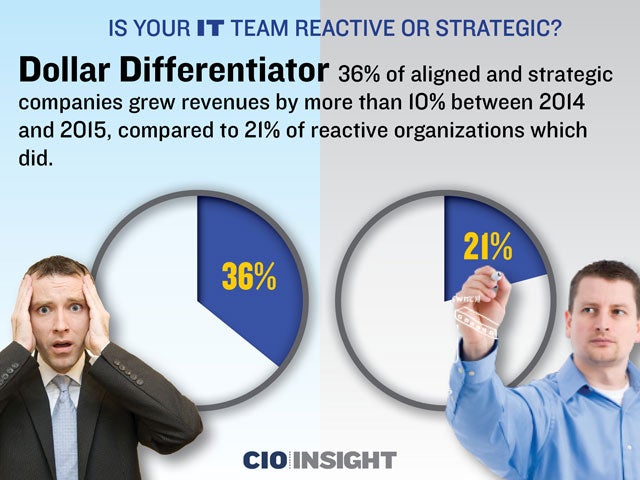 Dollar Differentiator
Dollar Differentiator
36% of aligned and strategic companies grew revenues by more than 10% between 2014 and 2015, compared to 21% of reactive organizations which did.
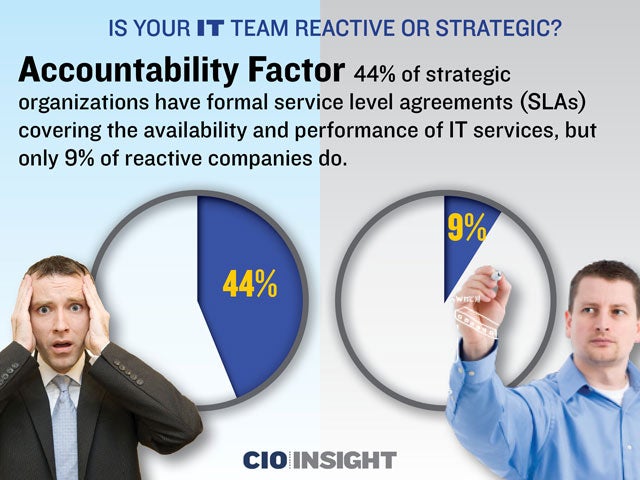 Accountability Factor
Accountability Factor
44% of strategic organizations have formal service level agreements (SLAs) covering the availability and performance of IT services, but only 9% of reactive companies do.
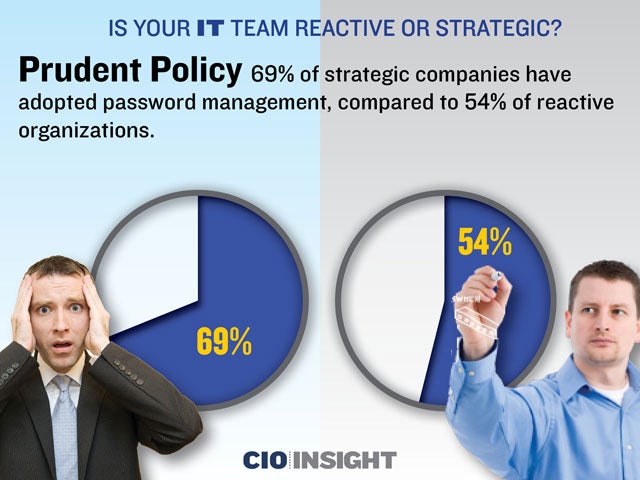 Prudent Policy
Prudent Policy
69% of strategic companies have adopted password management, compared to 54% of reactive organizations.
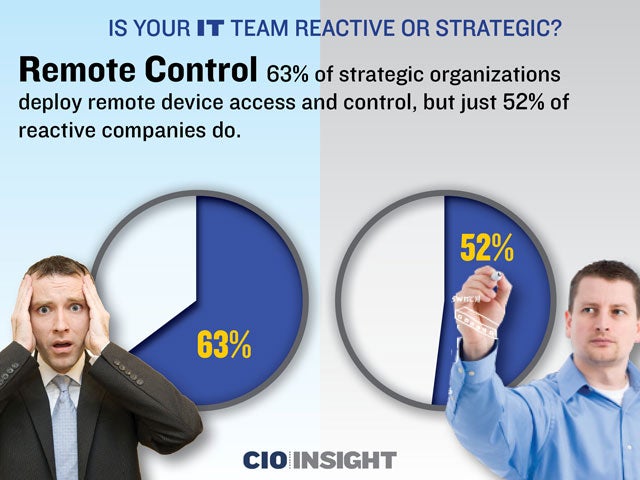 Remote Control
Remote Control
63% of strategic organizations deploy remote device access and control, but just 52% of reactive companies do.